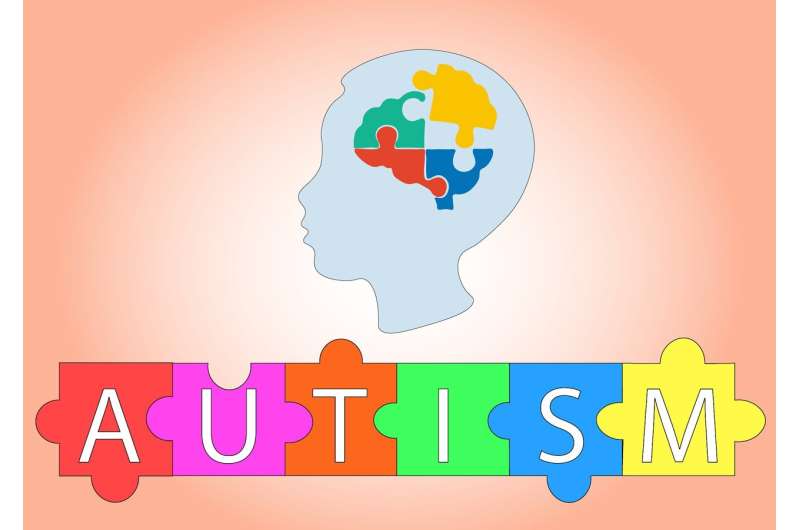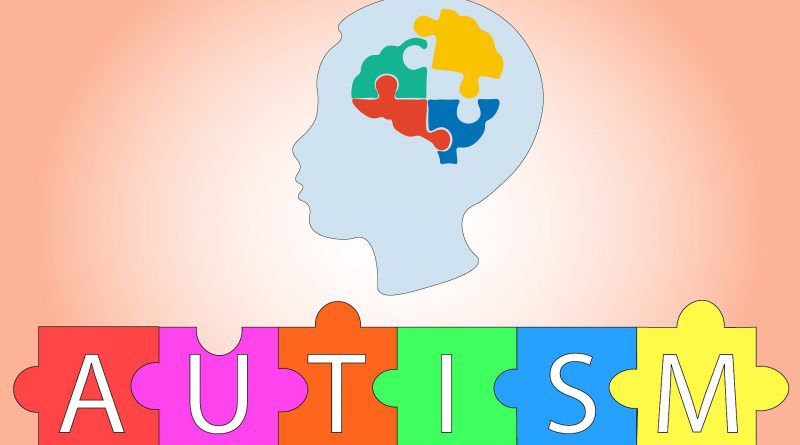New study finds common autism screening tool is effective but has limitations

A new study by UC Davis MIND Institute researchers and others finds that an autism screening tool used widely in the U.S. and around the world is effective but has limitations. The findings highlight the need for providers to use their own judgment and be clear with parents about the limits of the tool, called the M-CHAT-R/F (Modified Checklist for Autism in Toddlers, Revised with Follow-Up).
The researchers analyzed more than a dozen studies of the screening tool from around the world, which included tens of thousands of children. Their work was published today in Pediatrics.
The M-CHAT-R/F is a tool commonly used by pediatricians to screen children for autism around the world. It includes a set of questions that providers ask parents or caregivers about their child’s development, and usually takes about five minutes to administer. If the child receives a positive screening result, a provider usually recommends further evaluation.
The team found that the tool commonly flagged children as positive for autistic traits, who, after a full assessment, did not receive an autism diagnosis, though most did have other developmental challenges. In addition, a significant portion of children who were flagged as negative for autistic traits were later diagnosed with autism.
“Although the M-CHAT-R/F has a clear role in autism screening, these results remind clinicians that a positive screen is not equivalent to an autism diagnosis,” said lead author Aishworiya Ramkumar, assistant professor in the Department of Pediatrics at the National University of Singapore. Ramkumar is also a former ITPND (International Training Program in Neurodevelopmental Disabilities) fellow at the MIND Institute.
“When clinicians counsel parents and caregivers after a positive screening they must be clear that the child still needs to have a definitive assessment.”
Autism is a developmental disability which includes brain differences. According to the Centers for Disease Control and Prevention one in 36 U.S. children has autism. Autistic individuals may communicate, learn and behave differently, and their abilities can vary widely. In the U.S., the American Academy of Pediatrics recommends autism screening at both 18 and 24 months of age.
“Screening tools help to identify children who are most likely to have developmental concerns. These children can then receive diagnostic evaluations and, if appropriate, can get the educational, therapeutic and social support they need to maximize their potential,” said Van Ma, a developmental-behavioral pediatrics fellow at the MIND Institute and a co-author of the paper.
Study design and results
The meta-analysis included 15 studies, covering a total of 49,841 children from 10 countries. Studies took place between January 2014 and November 2021 and included standard scoring of the M-CHAT-R/F and a diagnostic assessment for autism following the screening result.
Among all children, the pooled predictive value, or accuracy of the M-CHAT-R/F at correctly identifying autism, was 57.7%. This means that there was a 57.7% chance of an autism diagnosis following a “positive” screen. The number varied when children were sorted into groups. For example, in children who had a higher likelihood of autism, such as those with an autistic sibling, the predictive value was 75.6%. Among children with no increased likelihood, the predictive value was 51.2%.
The overall negative predictive value was 72.5%. This means that nearly a quarter of those flagged as “negative” following screening received an autism diagnosis after further assessment.
Ramkumar emphasizes that providers should not view the screening tool as definitive.
“Clinical assessment is important, regardless of the M-CHAT-R/F results. It’s also critical to remember that not all children with autism have features in early childhood and instead, they may become apparent only later. A negative screening at a single point in time does not necessarily rule out autism,” she said.
The M-CHAT-R/F is the most common autism screening tool, but most previous studies have focused on or included earlier versions of it in their analysis.
“Early diagnosis of autism is critical for improved outcomes, so we thought it was very important to review the utility of this widely used tool in screening for autism in young children,” Ramkumar explained. “We realized the value of compiling a large sample size to guide clinicians regarding use of the M-CHAT-R/F.”
Ramkumar notes that they only included studies where children who screened as negative for autism also received a full diagnostic evaluation, rather than just assuming that they did not have the condition. However, most studies had small numbers of children who fit this profile.
What do the findings mean for health care providers?
The M-CHAT-R/F is a tool that is frequently used in pediatric offices at the 18- and 24-month well child visits,” said senior author on the paper Heidi Feldman, professor and chief of the Division of Developmental-Behavioral Pediatrics at Stanford University. “It is so important for clinicians to think carefully about the results of the screening test, to neither unnecessarily concern parents nor to inaccurately reassure parents.”
The authors all emphasize that individual provider judgment is key.
“I think the most important takeaway from this study is that the M-CHAT-R/F is a screening tool with limitations,” Ma explained. It has a role in screening for autism but is not meant to replace clinical judgment and comprehensive diagnostic assessment.”
More information:
Ramkumar Aishworiya et al, Meta-analysis of the Modified Checklist for Autism in Toddlers, Revised/Follow-up for Screening, Pediatrics (2023). DOI: 10.1542/peds.2022-059393
Journal information:
Pediatrics
Source: Read Full Article



